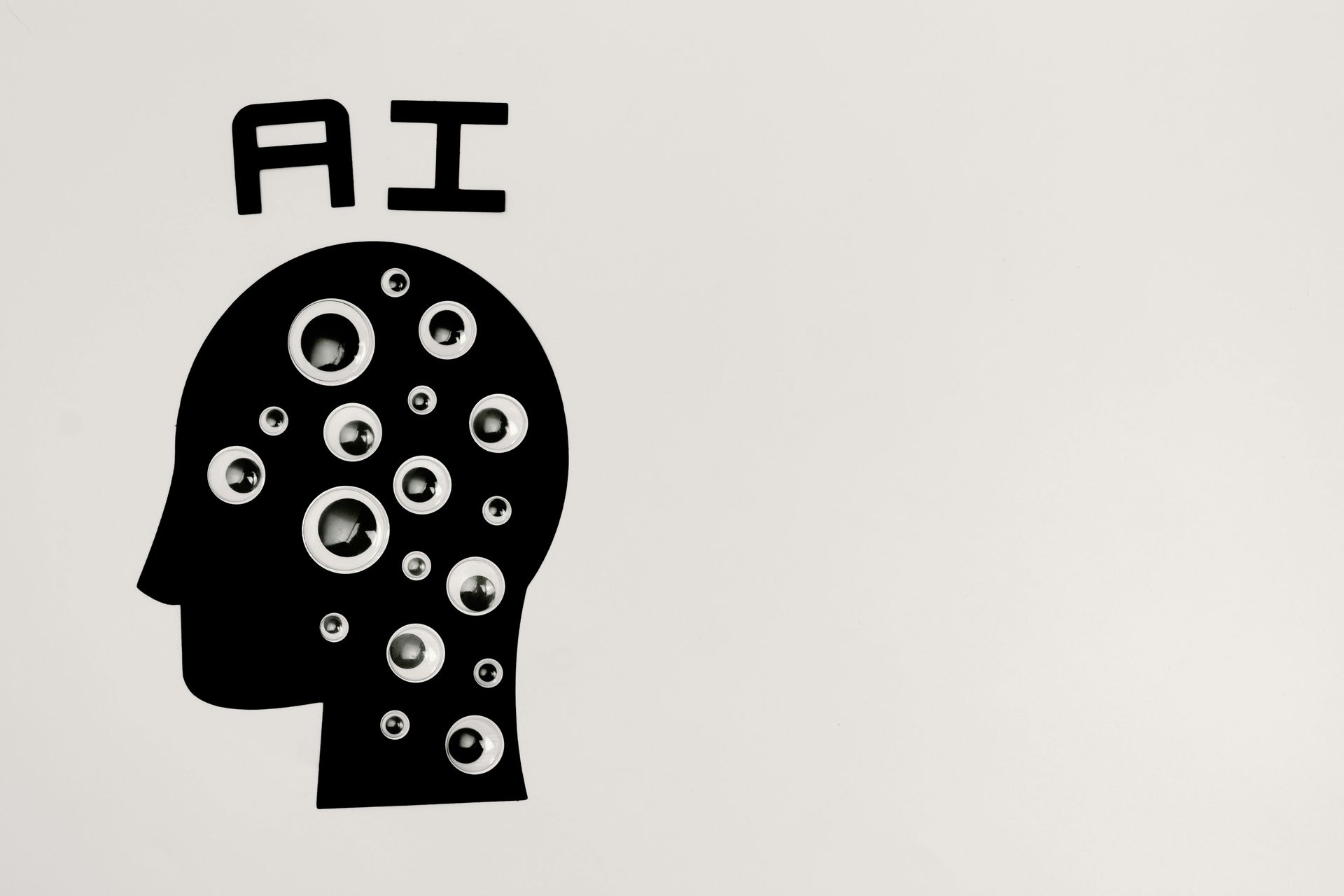As we emerge from the pandemic, organizations and recruiters continue to face new challenges in finding and hiring top talent. The pandemic didn’t just change businesses—it changed workers. Solid recruiting practices that yielded tremendous results pre-COVID-19 are becoming obsolete today. Workers’ expectations for their work lives have evolved monumentally as a result.
The Changing Landscape of Recruitment
The pandemic significantly impacted the job market, with millions suddenly losing their jobs and the unemployment rate skyrocketing. The market started picking back up in 2021. Today, despite mass layoffs in tech, the Bureau of Labor Statistics says the unemployment rate is 3.4 percent in February 2023—a stark contrast to the 14.8 percent in April 2020.
While there are more job openings now than there were during the pandemic, recruiters are working through new challenges in finding and hiring top talent. With smaller recruitment teams; recruiters have to do more work with fewer resources and less manpower. This means they must be more efficient and strategic in their hiring approach.
Revving Hiring Timelines
Organizations need to act quickly to secure top talent before their competitors do. SHRM's latest survey found the average time to fill a job in the U.S. is 41 days. In a highly competitive job market, that’s just not fast enough.
To accelerate hiring timelines, organizations are using chatbots to screen candidates and schedule interviews. This saves overworked recruiters significant time and allows them to focus on more strategic tasks.
Adopting New Technology
Using technology to automate and streamline recruitment processes is critical these days. Most recruiters use applicant tracking systems (ATS) to screen resumes and identify top candidates. ATS technology allows recruiters to search for specific keywords in resumes, making identifying candidates with the right skills and qualifications easier.
Technology can also improve the candidate experience. By using tools like chatbots or automated email responses, recruiters can keep talent informed of the status of their applications and provide a more personalized experience. This can skyrocket candidate satisfaction and make professionals more likely to accept job offers.
Relying solely on technology to identify candidates can be a double-edged sword. A recent Tidio study found that
67 percent of recruiters and hiring managers say AI-powered recruiting tools help them make better hiring decisions. However, a McKinsey report indicated that
76 percent of job seekers are frustrated with the lack of personalization in the hiring process. This suggests that while technology can help recruiters find candidates more efficiently, it is crucial to maintain the human touch in the hiring process.
Keyword scraping isn’t without serious drawbacks, either. Recruiters must strike a balance between using technology to speed up the recruiting process and missing out on top talent. While technology can help teams identify candidates, being aware of technology’s limitations is essential. Remember that even though AI can help seek out talent, it can also perpetuate bias if we're not careful.
Making a Limited Candidate Pool Work
A LinkedIn report found that 76% of recruiters say it’s difficult to find quality candidates, and 63% say talent shortage is their biggest problem.
Recruiters must be creative in their approach to sourcing candidates. One strategy is to focus on upskilling and reskilling existing employees. Forward-thinking organizations will invest in
reskilling and upskilling employees in the coming years.
Another strategy is to tap into new sources of talent, such as remote workers. The pandemic pumped the acceleration of remote work, and many organizations are now open to virtual workers. This opens up a whole new pool of talent (without borders) for recruiters to tap into.
Companies can expand their talent pool by 10x by recruiting through employee networks.
Passive Talent as a Competitive Advantage
The days of the talent market being led by active job-seekers are over. Passive candidate sourcing is the new competitive hiring advantage. More than 75 percent of the global workforce are passive candidates. These are actively working professionals who aren’t actively applying for jobs but would consider a new opportunity if the right one presented itself.
87 percent of active and passive candidates are open to new work opportunities. To captivate these candidates, you must know how to sell the role, the team and the company. In a candidate’s market, your job is to perfect the pitch. Or…you can let Rolebot do the work for you. Rolebot sources candidates and engages them, so setting up the first interview is one less thing you need to worry about.
Virtual Interviews are Now the Norm
Virtual interviews have become the norm for many recruiters, even for organizations with a hybrid or in-office setting. While video and phone interviews have been around for a while, the pandemic created the need to level up these types of interviews. The scheduling flexibility and availability of participants to log into their computer for an interview versus taking the time—and time off for employed candidates—to meet in person is a definite plus.
Social Media Recruitment Marketing
Social media will continue to drive employer branding and recruitment marketing. Recruiters should be creative in how they engage and plug in with today’s talent pool via social networking. Keeping a pulse on candidate experience expectations will only grow more critical.
“Recruitment is marketing. If you're a recruiter nowadays and you don't see yourself as a marketer, you're in the wrong profession.” Matthew Jeffrey, Head of UKI Talent Attraction and Acquisition at EY, said.
Appealing to New Preferences
Twenty-six percent of U.S. employees work remotely in 2023. Rethinking recruitment strategies to appeal to candidates interested in virtual positions, such as highlighting flexible working hours and leaning into the benefits of no commute, will be necessary for some time to come, especially as there are expected to be 36.2 million American employees working remotely by 2025.
A healthy workplace culture, an inclusive environment, valuable benefits and modern management styles are job criteria for the new generation of workers. The days of ping pong tables, monthly happy hours and hustle culture are fading.
As the recruitment industry evolves, recruiters must be agile and adaptable. By using technology to streamline their processes and improve the candidate experience, recruiters can find the right candidates more quickly and efficiently. And by embracing new strategies and approaches, they can stay ahead of the curve and thrive in the post-pandemic world.
Are you curious how your recruitment team could get 90% of their time back to focus on engaging and interviewing an exponentially larger pool of qualified prospects? Of course, you are!
Let’s schedule some time to chat!
This Could Also Interest You:



Rolebot is a bionic arm that amplifies your internal recruitment team's efforts, completely removing the manual lift of sourcing, delivering a daily cohort of passive candidates across all active roles autonomously, so that your recruiters get 90% of their time back to focus on engaging and interviewing an exponentially larger pool of qualified prospects.
© 2024 Rolebot, Inc. Terms of Service | Privacy Policy | Do Not Sell My Personal Information | Accessibility Statement

